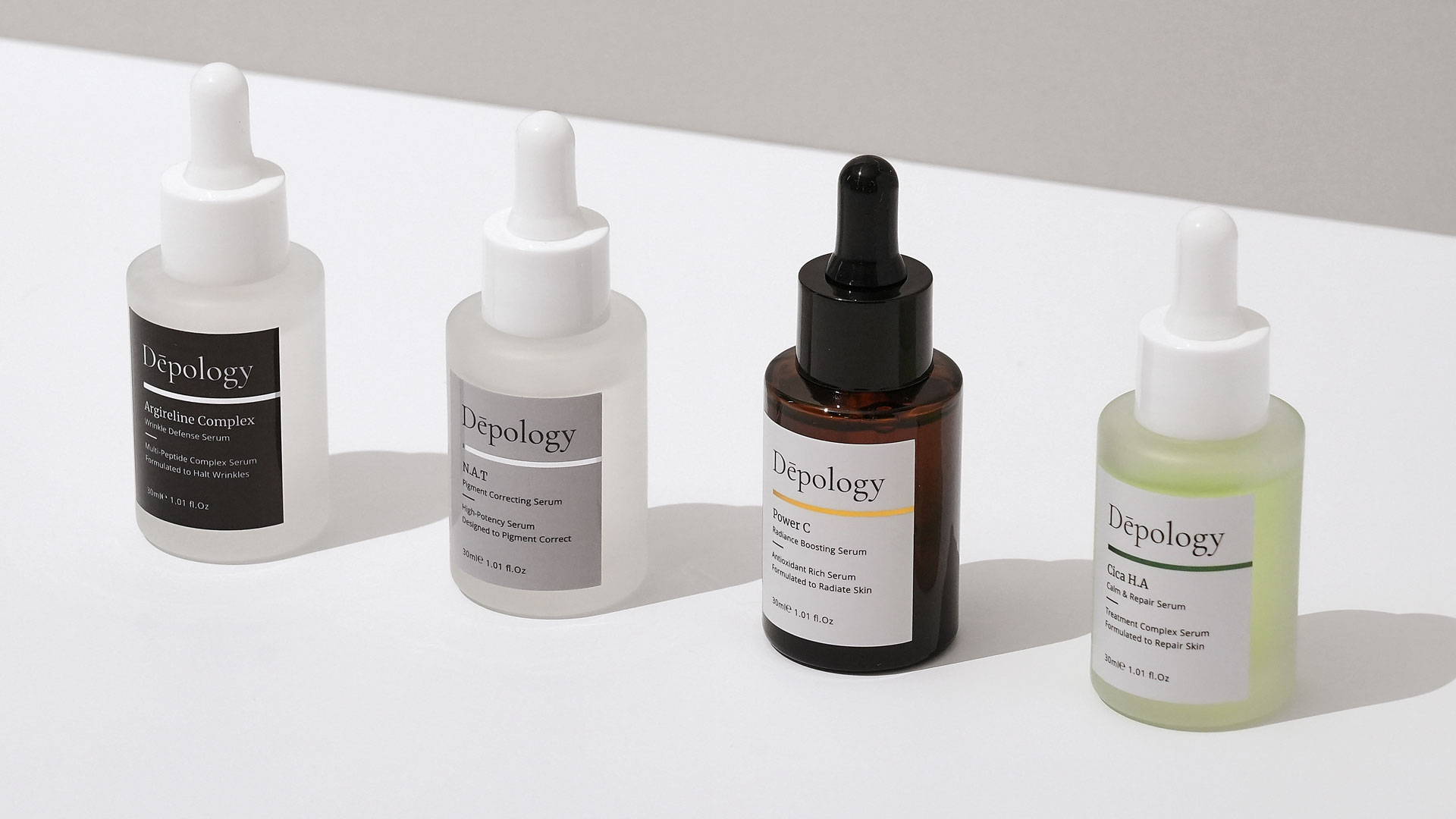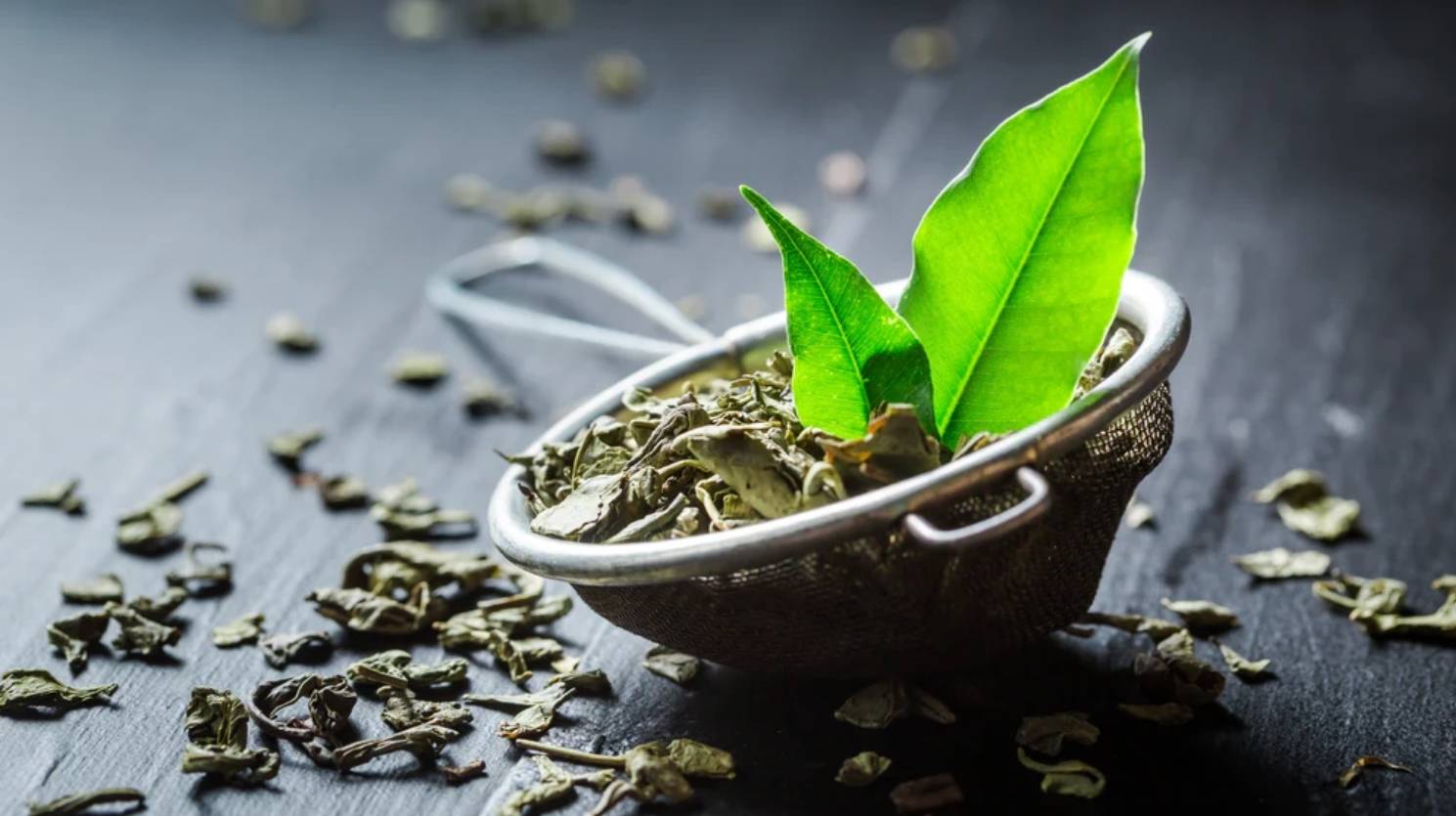If you're reading this, chances are you have some redness on your face that you would like to get rid of. Maybe it's from a recent sunburn, maybe you have rosacea, or maybe you just have sensitive skin. Whatever the reason, we've got some tips on how to calm that redness down. From simple lifestyle changes to topical treatments, we've got you covered.

How To Calm Redness On The Face?
What Causes Redness On The Face?
Before we dive into our suggestions, it's important to understand what might be causing redness on your face because the solution might vary depending on the situation. There are a few possibilities, some genetic and some a result of lifestyle. Here are some of the most common reasons why you might be experiencing redness:
- Sensitive Skin: Some of us are just naturally born with more sensitive skin. When sensitive skin comes into contact with the elements or harsh ingredients, it may be more prone to redness, dryness, and itchiness.
- Sun Damage: Prolonged exposure to UV rays can damage the skin and lead to redness.
- Rosacea: Rosacea is a chronic condition that causes redness and inflammation of the skin.
- Allergies: Allergies can cause the skin to become red and irritated.
- Acne: Acne can cause redness, swelling, and inflammation.
- Hormonal Changes: Hormonal changes, such as those during puberty or menopause, can cause the skin to become more sensitive and prone to redness.
- Certain Medications: Certain medications, such as those used to treat high blood pressure or acne, can cause redness as a side effect.
- Environmental Factors: Environmental factors, such as wind or cold weather, can also cause redness on the face.
How To Calm Down Red Skin On The Face
For some people, facial redness is just a part of life. Various things can help when it comes to calming redness on the face. We've compiled a list of ways you can combat facial redness quickly and prevent it in the first place.
Use A Cold Compress Or Soothing Mask
A cold compress can help to constrict blood vessels and reduce inflammation. This can be a cloth soaked in cold water or even a bag of frozen peas wrapped in a towel. Just hold it on the affected area for a few minutes.
You can also try a soothing mask for the same instant relief. Look for one that contains ingredients like chamomile or green tea, which can help to calm and soothe the skin.
Our Pick:
Avoid Harsh Ingredients
Harsh ingredients can dehydrate and irritate your skin, especially if you have sensitive skin. Use a mild, non-irritating cleanser. Avoid any products with alcohol, fragrance, or other harsh ingredients. And lastly, make sure to moisturize afterward. A soothing, non-comedogenic lotion or cream can help to restore the skin's barrier and calm inflammation.
Look For Anti-Inflammatory Ingredients
Look for skincare products with ingredients that combat inflammation, like the Dēpology Cica H.A. Calm & Repair Serum. This potent serum contains cica, which soothes, reduces inflammation, and hydrates the skin. It also improves collagen and elasticity to reduce the appearance of fine lines and wrinkles. This serum also contains hyaluronic acid, which boosts moisture levels to reduce redness caused by dry skin.
Our Pick:
Apply A Topical Anti-Inflammatory
Topical anti-inflammatories can help to reduce redness and swelling. Look for an over-the-counter option that contains ingredients like hydrocortisone or niacinamide.
Niacinamide can also be found in skincare products. This powerful ingredient helps the skin to retain moisture and reduces inflammation that causes redness. The Dēpology Dark Spot Correcting Serum not only helps reduce dark spots and hyperpigmentation, but it also contains anti-inflammatory niacinamide and green tea to reduce redness on the face.
Our Pick:
Don't Over-Exfoliate
Over-exfoliating can strip your skin of its natural moisture, leaving behind dry, red, and itchy skin. However, exfoliation is useful for removing dead skin cells and dirt. Make sure you only exfoliate as needed, 2-3 times per week.
Pay Attention To Triggers
Avoid trigger foods and substances. If you find that certain foods or substances trigger your redness, do your best to avoid them. Common triggers include spicy foods, alcohol, and tobacco smoke.
Stay Hydrated And Moisturized
Because dry skin can cause redness, make sure you keep it hydrated and moisturized from the inside out. Drinking plenty of fluids helps to keep the skin hydrated and can help to reduce redness. Making sure your skin is adequately moisturized is also crucial. Look for products with ultra-hydrating ingredients like hyaluronic acid.
Our Pick:
Practice Self-Care And Stress Relief
Stress can contribute to redness and inflammation, so finding ways to relax and de-stress can be helpful. Try things like yoga, meditation, or deep breathing exercises.
The Final Verdict
As you can see, there are several things that can cause redness on the face, but there are also several ways to help calm down redness. There's no one-size-fits-all solution for how to calm down red skin on the face. However, the tips and tricks in this article should help you to find what works best for you. If you're still struggling with redness, it's important to see a dermatologist or other medical professional to rule out any underlying conditions.













